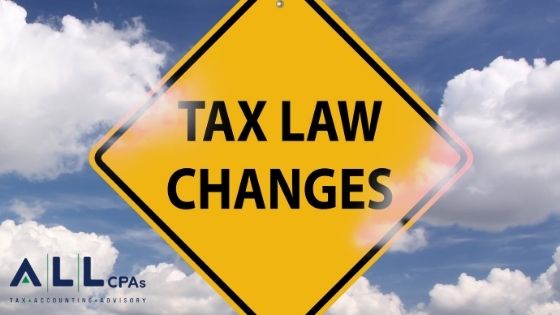
The American Rescue Plan (ARP) was implemented to provide relief to taxpayers during the COVID-19 pandemic. An important part of the ARP was the inclusion of updates to the Child Tax Credit which now extends the amount of the credit to taxpayers meeting certain income thresholds and allows the credit to be paid out in advance for the remainder of 2021.
The Child Tax Credit was introduced as part of the Taxpayer Relief Act of 1997 to provide relief to middle- and upper-middle-income families and it initially provided taxpayers with a $400 credit per child under age 17. In the ensuing years, the credit has remained in place with updates to the income threshold and the amount families receive per child.
The Tax Cuts and Jobs Act (TCJA) increased the credit in 2018 to $2,000 per eligible child for single filers earning up to $200,000 and married filers earning up to $400,000. The credit decreased by 5% of adjusted gross income (AGI) over the threshold amounts and up to $1,400 of this credit was refundable. However, the refundable portion was limited to 15% of earnings above $2,500, which reduced the amount low-income earners could receive as a refundable credit.
ARP Extends Child Tax Credit to More Families
In March 2021, the ARP temporarily expanded the credit to $3,600 for children under age six and to $3,000 for children between the ages of six and 17. There is no cap on the total amount someone with multiple children can claim, and the credit is completely refundable. The credit begins to phase out or reduce as certain income parameters are attained.
The ARP also provides for the credit to be paid out in advance for the remainder of 2021, extending additional relief to families during the COVID-19 crisis. The IRS began issuing advance monthly installments on July 15 to those who filed a 2020 tax return. Non-filers can visit https://www.irs.gov/credits-deductions/advance-child-tax-credit-payments-in-2021 to enter their information to receive these payments.
Caveats to Keep in Mind
Taxpayers receiving the Child Tax Credit should keep in mind that these payments are advances of a credit they are already receiving and should not be viewed as additional payments. This advance will be helpful to many families, but taxpayers should be mindful of the impact it may have on their tax liability for 2021, especially if they typically owe additional taxes.
For example, if a taxpayer had a $5,000 tax liability in 2020 after all payments and other credits and they were eligible for the full $2,000 child tax credit, the total tax obligation to the IRS would have been $3,000. In 2021, if the same taxpayer has the same $5,000 liability and has one child over six and under 17, they now will receive a $3,000 child tax credit. The taxpayer will receive half of the credit from the IRS between July and December.
If the taxpayer’s AGI increases in 2021, they may have progressed into the phaseout range when they file their taxes next spring. The Child Tax Credit is being advanced based on 2020 AGI, so the taxpayer would receive advanced payments based on a $3,000 credit. However, when the taxpayer files their 2021 tax return, the credit will be calculated based on their 2021 AGI. If the taxpayer is now in a phaseout range, they will not be eligible for the full $3,000 credit and any amount in excess of the eligible credit they received must be returned to the IRS when they file their return in April 2022.
For more information on changes to the Child Tax Credit, please contact your ALL tax advisor or call us at 617-738-5200.
Recent Articles
Rising Construction Costs from COVID-19 Lead to New Bidding Approaches
Like other essential industries, t [...]
Nexus Requires Compliance and Begins by Filing Tax Returns
“Nexus” may sound like the name of [...]
The Impact You May See from the Build Back Better Act’s Tax Changes
The Build Back Better Act came und [...]




